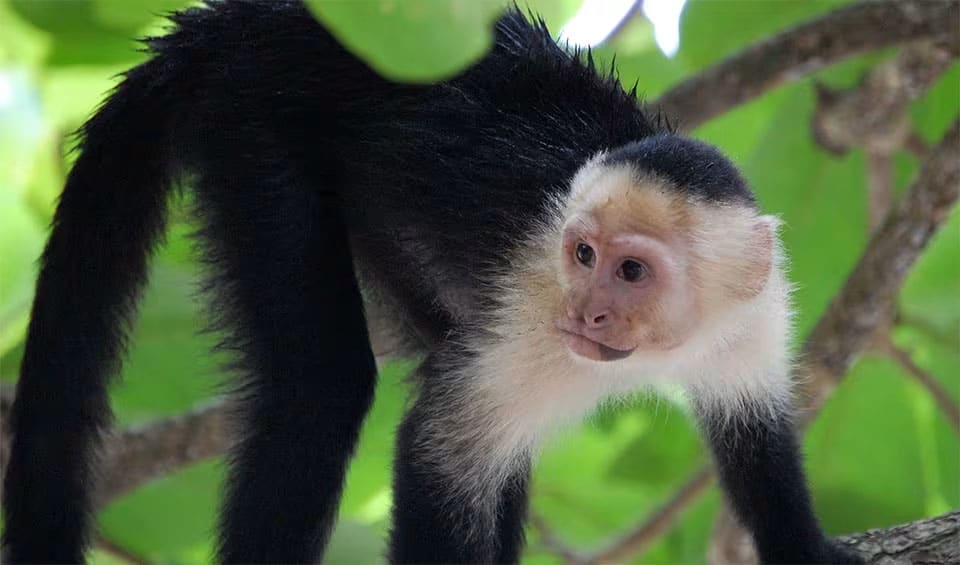Cebidae – Cebids
Family of the intelligent capuchins and the agile squirrel monkeys
The Cebidae family encompasses a diverse group of New World monkeys, including the highly intelligent Capuchins and charming Squirrel monkeys. These primates are celebrated for their remarkable cognitive abilities and social structures, making them subjects of extensive research and fascination.
One of the defining characteristics of Cebidae primates is their relatively large brains in proportion to their body size, a trait that underlies their complex behaviors and problem-solving capabilities. Capuchins, in particular, are renowned for their tool use, a rare skill in the animal kingdom and indicative of their high cognitive abilities. These primates use stones and sticks to crack nuts, dig for food, and defend themselves, demonstrating intelligence and adaptability that rivals the great apes.
The visual acuity of Cebids is another noteworthy adaptation. Their large eyes and diurnal retina are optimized for daytime vision, enabling them to detect predators and prey with clarity and precision. The well-developed eyelids protect their eyes from debris and moisture, ensuring their vision remains unimpeded in the lush but potentially hazardous forest canopy.
While all Cebids are primarily arboreal, living and moving among the trees, their locomotion and tail use vary significantly across species. Squirrel monkeys possess exceptionally mobile tails that, although not prehensile, serve as important balancing tools during their acrobatic maneuvers through the branches. In contrast, Capuchins use their tails more for balancing and steadying themselves, often adopting a semi-prehensile grip that aids in their navigation of the complex arboreal landscape.
Cebids lack cheek pouches, a feature common in some other primate families, which affects how they forage and consume food. Their thumbs, while not opposable, are dexterous, aiding in their manipulation of objects and food items. The highly opposable great toe further enhances their climbing and grasping abilities, showcasing the evolutionary adaptations that have enabled their success in diverse environments.
Genera in this family
Some of the most intelligent monkeys on the planet
Diverged about 6.2 million years ago from genera Cebus (gracile capuchin monkeys)



